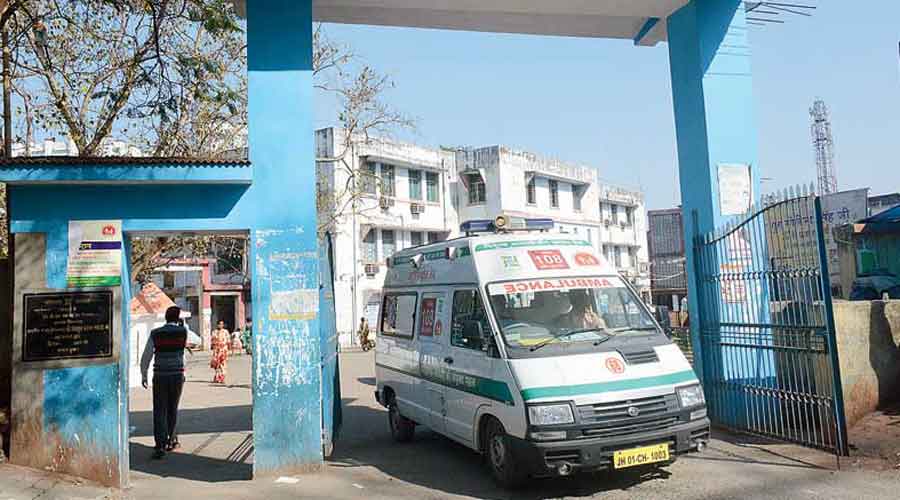The appalling condition in the district hospitals in Jharkhand must improve to enable it to provide healthcare to the people of the state.
The Comptroller and Auditor General (CAG) of India pointed out this in a standalone report on district hospital outcomes that was laid in the Assembly on Tuesday.
“The performance audit was done with the objective of assessing the quality of medical services and patients care provided by district hospitals,” state’s principal accountant general (audit) Indu Agrawal told media persons at her Doranda office on Wednesday, adding the report aimed at identifying the areas that required corrections and improvement.
The outcome based audit covering five years from 2014 to 2019 focused on patients care encompassing various departments and services and drug management, she further informed.
Patient load in outpatient department increased by 57 per cent during the period but each OPD clinic was run by a single doctor, she said sharing the report.
As a result, a doctor running a general medicine clinic had to attend, on an average, 79 to 325 patients per day, the PAG informed, adding those manning gynaecology and paediatric clinics also had to attend up to 194 and 118 patients on a day respectively and that adversely impacted consultancy time given to patients.
The diagnostic services, both radiological and pathological, were also found to be deficient in terms of functional equipment, consumables and human resources in test checked district hospitals, the CAG report pointed out.
The CAG team had found that there was 19 to 56 per cent shortage of doctors, 43 to 77 per cent shortage of paramedics and 11 to 87 per cent shortage of staff nurses in six test checked district hospitals during 2014-2019.
Intensive care units were set up in nine out of the total 23 district hospitals — Deoghar, Dumka, Godda, Jamtara, Bokaro, Simdega, Sahebganj, Palamau and West Singhbhum — during the period but those suffered from shortage of drugs and equipment, the report said.
The gynaecological service was far from satisfactory as 60 per cent of the total 1.30 lakh pregnant women did not get the first tetanus toxoid injection while 66 per cent were not given the second and 42 per cent were not provided with iron and folic acid tablets, the report said.
Even the cash assistance assured under the Janani Suraksha Yojana was delayed, the report further pointed out, adding 213 among 362 women who delivered babies during 2016-19 got it after one month while 97 got it after 6 months and 8 were not paid till March 2020.
The drug procurement scenario in the state was no better, the report said, adding the Jharkhand Medical and Health Infrastructure Development and Procurement Corporation Limited could not utilise Rs 87.85 crore of Rs 101.31 crore allotted during the period and refunded the amount in June 2020.
Similarly, only 79 per cent of the National Health Mission funds was utilised for purchase of drugs during 2016-19, the report added.
As regards infrastructure, bed shortage in test checked district hospitals was found to be between 61 and 88 per cent in 2014-15 and between 57 and 86 per cent in 2018-19, suggesting things hardly improved.
A 500-bed hospital in Ranchi remained non-functional for 12 years as no suitable partner was found to run it on PPP mode, the CAG report further said, adding construction of a 100-bedded hospital in Ramgarh did not resume after it was stopped due to corruption charges against officials though Rs 3 crore was already spent by then.
“The BJP that never leaves a chance to criticise the state government will perhaps keep silence on this report as Raghubar Das government ran the show during the period covered by CAG audit,” quipped a scribe.











